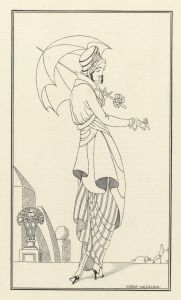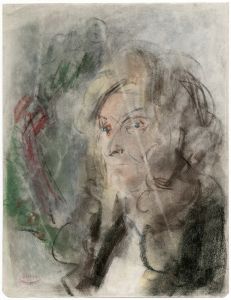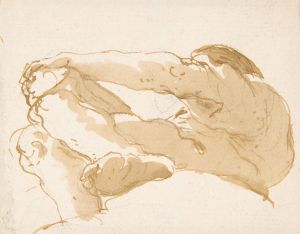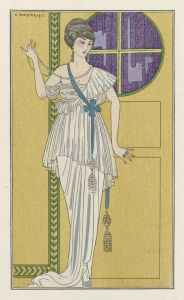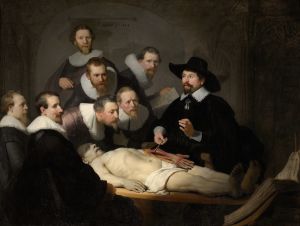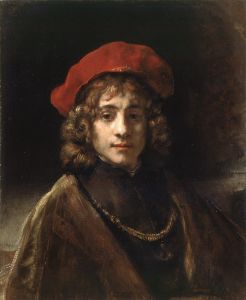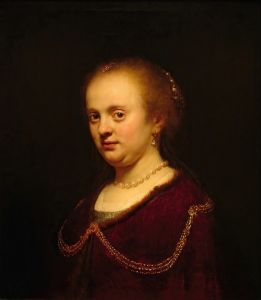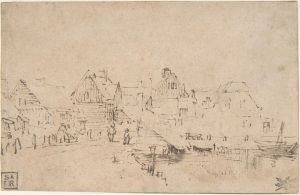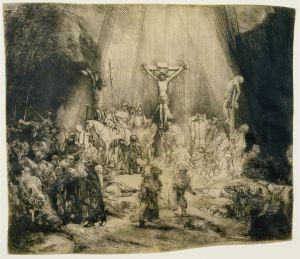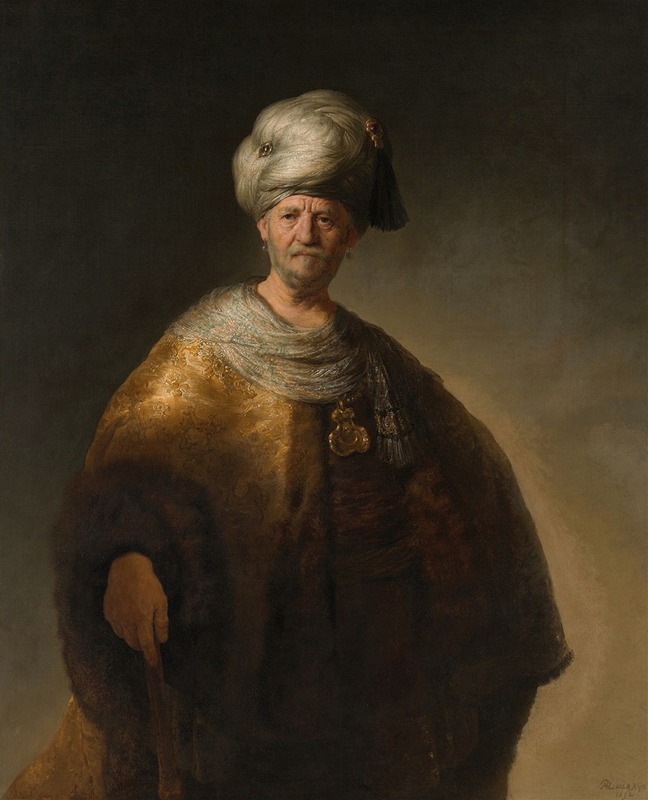
Man in Oriental Costume
A hand-painted replica of Rembrandt van Rijn’s masterpiece Man in Oriental Costume, meticulously crafted by professional artists to capture the true essence of the original. Each piece is created with museum-quality canvas and rare mineral pigments, carefully painted by experienced artists with delicate brushstrokes and rich, layered colors to perfectly recreate the texture of the original artwork. Unlike machine-printed reproductions, this hand-painted version brings the painting to life, infused with the artist’s emotions and skill in every stroke. Whether for personal collection or home decoration, it instantly elevates the artistic atmosphere of any space.
"Man in Oriental Costume," also known as "The Noble Slav," is a painting by the Dutch artist Rembrandt van Rijn, created around 1632. This work is an example of Rembrandt's fascination with exotic costumes and his interest in portraying figures in elaborate and luxurious attire. The painting is an oil on canvas and is currently housed in the Metropolitan Museum of Art in New York City.
The artwork depicts a man dressed in what appears to be an "Oriental" costume, a term used during Rembrandt's time to describe clothing inspired by the Middle East, North Africa, or the Ottoman Empire. The figure is shown in a three-quarter view, with his head turned slightly to the side. He wears a richly adorned robe with intricate patterns and a turban, which adds to the exotic and opulent appearance of the subject. The man's expression is calm and introspective, and the use of light and shadow highlights the textures of the fabric and the contours of his face.
During the 17th century, European artists, including Rembrandt, were influenced by the growing interest in the cultures and goods of the East, brought about by increased trade and exploration. This fascination is reflected in the costumes and settings of many of Rembrandt's works, even though they were often imaginative rather than strictly accurate representations of Eastern attire. It is important to note that the identity of the man in the painting is unknown, and there is no evidence to suggest that he was an actual person from the regions that inspired the costume.
The painting is notable for its technical mastery, particularly in the rendering of textures and the interplay of light and shadow, which are hallmarks of Rembrandt's style. The artist's ability to convey depth and realism through his use of chiaroscuro (the contrast between light and dark) is evident in this work. The rich colors and detailed patterns of the clothing further demonstrate Rembrandt's skill in capturing the materiality of different surfaces.
"Man in Oriental Costume" is one of several works by Rembrandt that explore themes of exoticism and the depiction of figures in elaborate dress. These paintings were not intended as ethnographic studies but rather as exercises in artistic imagination and the exploration of different textures, colors, and forms. The painting remains a significant example of Rembrandt's ability to combine technical brilliance with a sense of mystery and drama.







